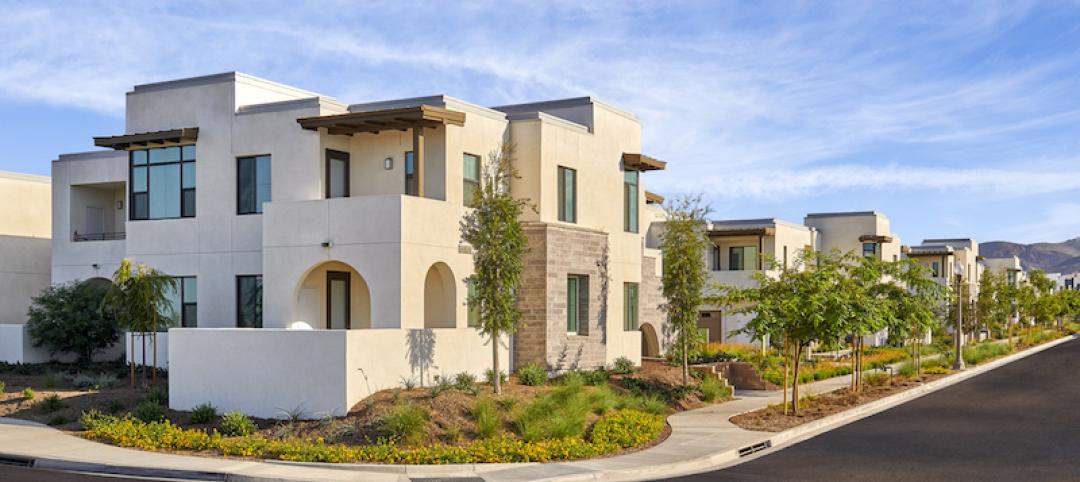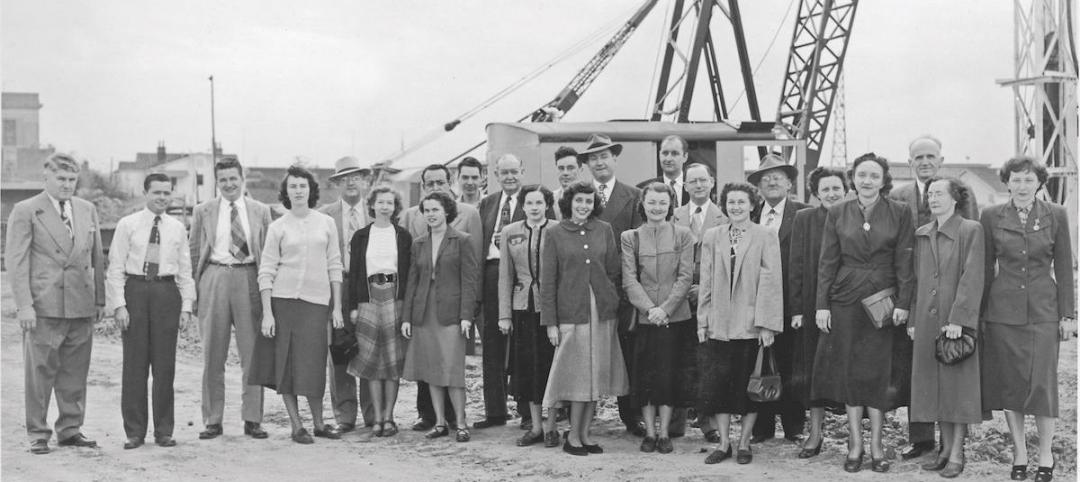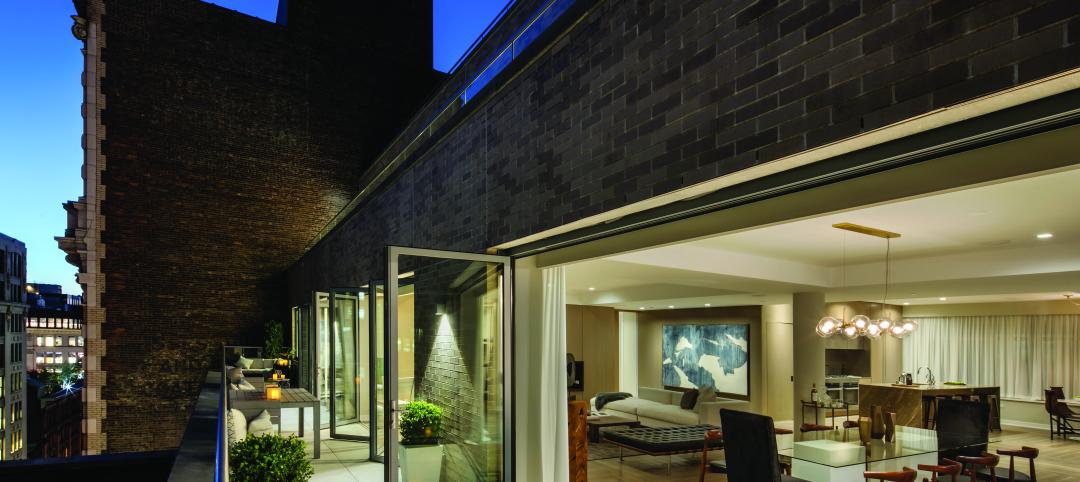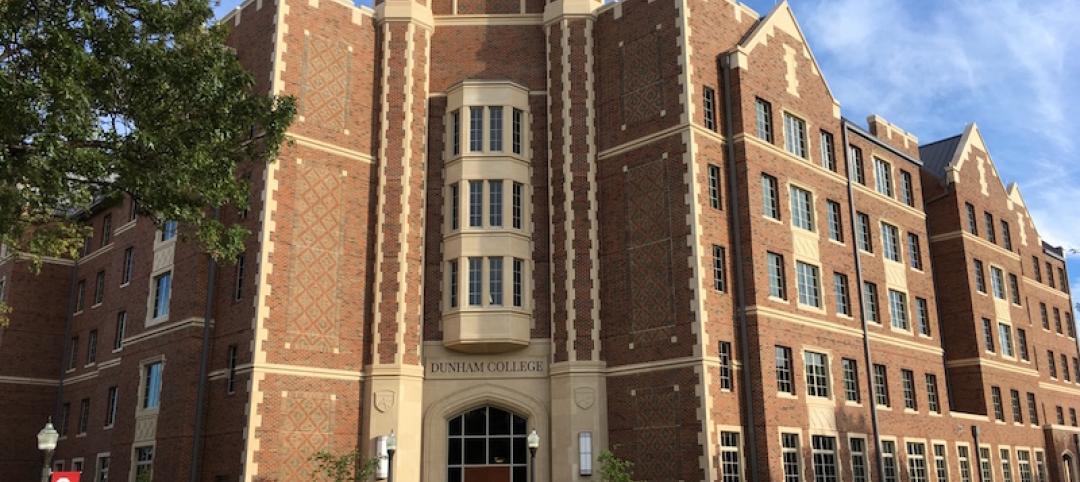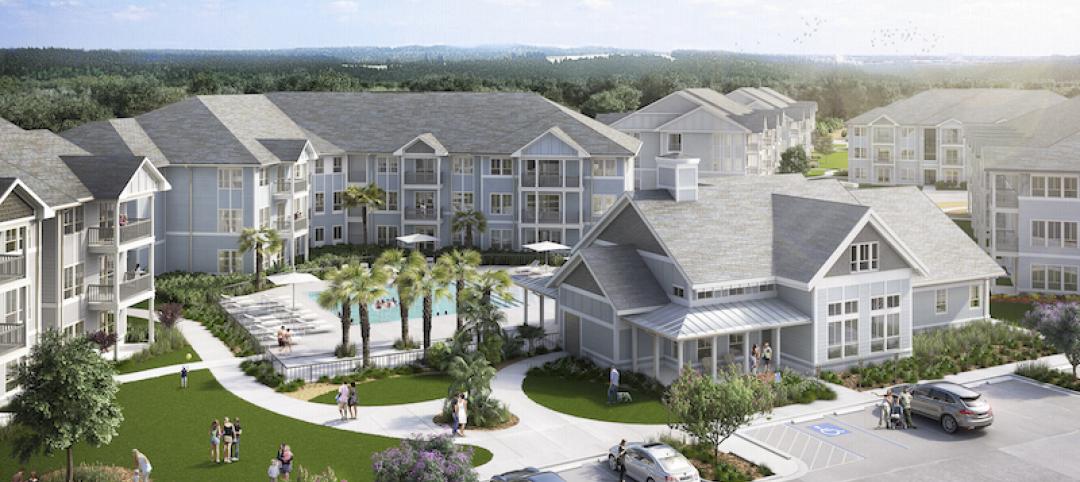All-electric multi-family Passive House projects can be built at the same cost or close to the same cost as conventionally designed buildings, according to a report by the Passive House Network.
The report included a survey of 45 multi-family Passive House buildings in New York and Massachusetts in recent years. The average cost to construct those buildings was 3.7% more than standard, and in some cases cheaper when factoring in incentive programs.
The report also found that Passive House buildings have reduced energy usage of 30% to 50% when compared to conventionally built properties. “In some cases, these bills are eliminated entirely,” according to a Passive House network news release.
Construction of Passive House buildings has surged since 2018, but Passive House accounts for less than 1% of all multi-family construction started in the U.S. during the past decade. About half of all Passive House projects being built in the U.S. are affordable housing projects, illustrating the cost-effectiveness of green building design, the release says.
The report found that construction of all-electric, multi-family Passive House buildings, including market-rate and affordable housing, is primed to soar in early-mover states such as Pennsylvania, New York, and Massachusetts. “This is due to a combination of bold policy requirements in new energy codes as well as utility-funded incentive programs, energy efficiency programs, and the Inflation Reduction Act.”
Related Stories
Multifamily Housing | Nov 8, 2017
No place like home: LA’s The Six provides permanent supportive housing for veterans
The 52-unit development gives hope and dignity to homeless or disabled veterans and others in need.
Mixed-Use | Nov 1, 2017
18-story residential tower breaks ground near Temple University
The tower will provide apartment units for students and young professionals.
Multifamily Housing | Oct 30, 2017
Multifamily ventilation: Help buildings breathe
What's the right set of "lungs" for your building?
Multifamily Housing | Oct 30, 2017
First two affordable family apartment communities open in Irvine’s master planned Great Park Neighborhoods community
The buildings offer a total of 166 apartments.
Multifamily Housing | Oct 29, 2017
Multifamily visionaries: The Beach Company’s family ties
Spanning four generations, The Beach Company continues to expand its development footprint across the Southeast.
Greenbuild Report | Oct 19, 2017
Can 'living well' sell?
As the competition for renters and buyers heats up, multifamily developers look to health and wellness for an edge.
Multifamily Housing | Oct 19, 2017
Enlightened conversion: A church becomes condos in D.C.
Once there were 857 churches in the District of Columbia. Now there are 856. One of them became an award-winning condominium complex.
University Buildings | Oct 13, 2017
The University of Oklahoma receives its first residential colleges
The residential communities were designed by KWK Architects and combine living and learning amenities.
Multifamily Housing | Oct 11, 2017
A 267-unit multifamily community is under construction in Summerville, S.C.
Summer Wind will be about half an hour outside of Charleston, S.C., in the rapidly expanding Summerville submarket.
Multifamily Housing | Oct 9, 2017
6 new products for the multifamily construction market
Bamboo wall panels, an adaptable prep sink, and a two-tiered bike parking system are among the product innovations geared for multifamily buildings.







